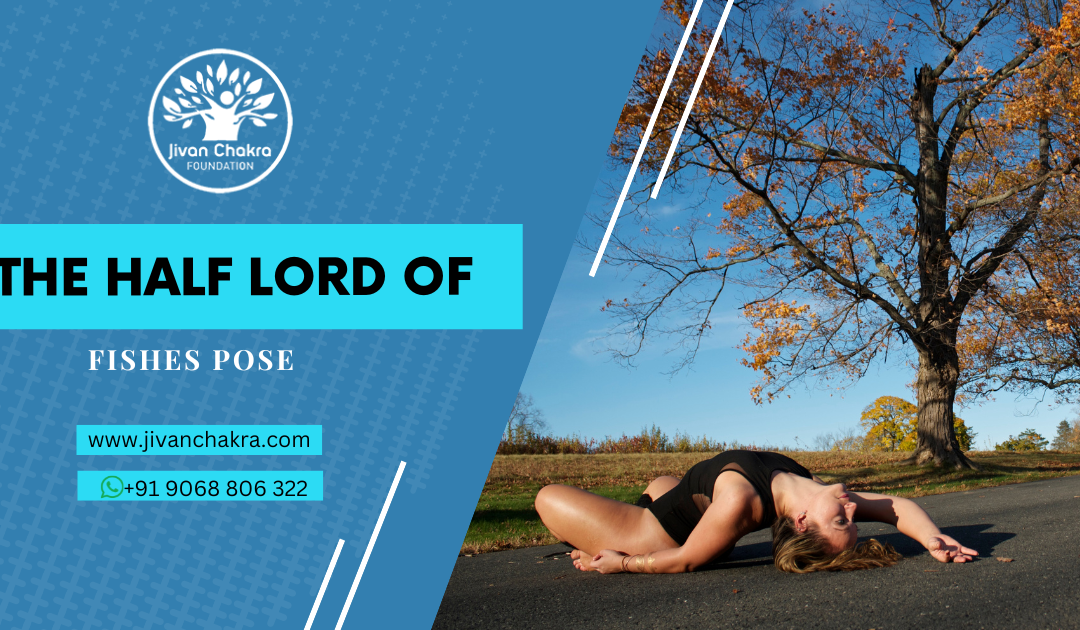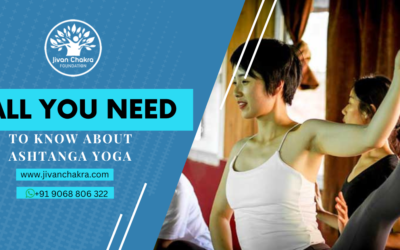Ardha Matsyendrasana or Half Lord of Fishes pose, if it is translated to English from Sanskrit (ardha – half, matsya – fish, Indra – stands for a king)
In hatha yoga you may call this asana as Vakrasana. ‘Vakra’ means twisted in Sanskrit.
This is the half version of Matsyendrasana, however more popular than its “big brother”. Why? Simply because the half pose is accessible for a wide range of practitioners, meanwhile the full pose more advanced, requires tremendous experience in yoga.
It belongs to the seated spinal twisting asanas, and even among them this is one of the best one. The whole spine gets rotated around its axis. Thanks to this action, we can maintain a healthy spine, which plays a key role in our existence, in our body structure and mental health. Imagine our spinal column as a neuron highway, which protects the spinal cord which is bundle of nerve tissues, cells originating from the brain. The brain and the spinal cord forms together our central nervous system.
By twisting the spine, we massage the nerve roots which leave the vertebrae column. This improves the function of our central nervous system i.e: our body movement, and brain functions – thinking, speaking etc.
For safety reason make sure, that you anchor both sitbones down to the ground, and only after this you rotate your upper body. Bend first your right knee, place your foot to the outside of your left knee. Take a deep inhale, lengthen your spine, hug your right thigh with your left arm and finally look over the right shoulder. Important that the vertical length happens before the twisting motion, otherwise you may damage the discs between the vertebraes.
If you already have slipped disc, it can revert the process. In case of herniated disc or scoliosis you should practice this asana under close supervision, having a medical advice in your pocket too. The pose is not advisable during pregnancy, menstruation or followed by a recent abdominal surgery.
Otherwise the above mentioned benefits, it effects positively the blood supply of the abdominal organs, triggers the secretion of the digestive juices, stimulates the pancreas which responsible for the adrenaline regulation in our body (helps those, who suffers from diabetes), helps loosen the hip joins and releases stiffness.
Perform the asana with empty stomach and bladder, or during day but 4-6 hours after eating.
Yogis believe that the more flexible the spine is, the more healthier the person is.
Healthy and flexible spine for everyone
Namaste!
Asana Benefits:
- Tones and strengthens abs and obliques
- Stretches and energizes the spine
- Open the shoulders, neck, and hips
- Increases flexibility, especially in hips and spine
- Cleanses the internal organs
- Improves digestion and elimination of wastes
- Stimulates liver, heart, lungs, kidneys and spleen
- Releases excess heat and toxins from organs and tissues
For Yoga Teacher Training in Rishikesh and for more information Quick Enquiry
Contact Us on 9068 806 322 Or
Email At info@jivanchakra.com
Related Articles
All You Need to Know About Ashtanga Yoga
We will talk about Ashtanga Yoga today to begin our investigation into the many types of yoga. Ashtanga yoga, hailed for many years on the other side of the Atlantic, is gradually finding its place in Europe for the best benefits. 100-Hour Yoga Teacher Training In...
Benefits Of Surya Namaskar | FAQS On Surya Namaskar
A set of 12 powerful yoga positions is called the Surya Namaskar, also referred to as the Sun Salutation. Surya Namaskar is well known for being a terrific cardiovascular workout and having a highly positive impact on the body and mind. It helps with weight loss and...
Yoga lessons from the Gita that may help enlighten our daily practice
The Bhagavad Gita (Sanskrit for “Song of the Lord”) is one of the world’s most renowned and valuable pieces of literature. The Gita in itself is a godly poem innate in the epic Mahabharata, which is one of the literature pillars of Hindu philosophy. This poem...




